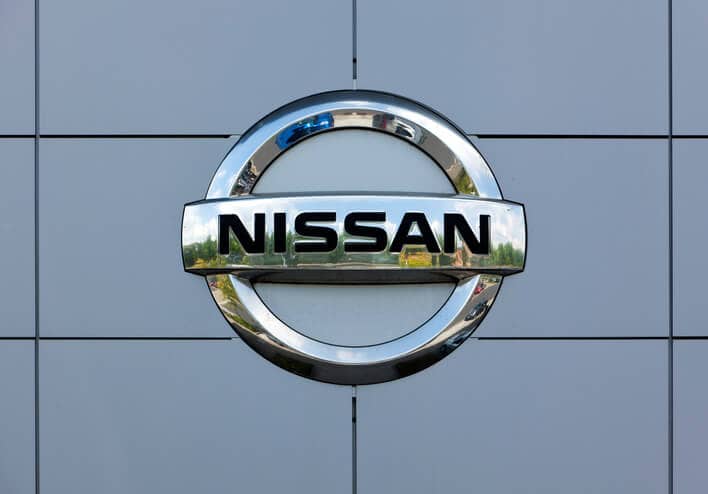Sandia National Laboratories recently released a workshop report titled ‘Transitioning the Transportation Sector: Exploring the Intersection of Hydrogen Fuel Cell and Natural Gas Vehicles.’
Held in September 2014, the workshop considered common opportunities and challenges in expanding the use of hydrogen and natural gas as transportation fuels. Organized by Sandia, the American Gas Association and Toyota, the workshop included participants from the auto industry, freight delivery fleets, gas suppliers, gas storage developers, utilities, academia, industry associations, national laboratories, and federal and state governments. Participants identified several areas where companies can better capitalize on synergies between the two fuels.
Sandia says stakeholders identified substantial potential for co-locating natural gas and hydrogen stations rather than building them separately, as the two fuels are unlikely to compete for the same market segments (natural gas for fleets and hydrogen for consumers), and station operators could cater to both types of users. Because hydrogen production can use natural gas as a feedstock, selling both fuels could also take advantage of common supply chains.
Similarly, the workshop report finds that if companies shift away from separate approaches and toward using common equipment, similar pressures, and the same manufacturing processes, they could enable economies of scale for storage equipment and handling. Common equipment could further improve the business case for co-locating infrastructure, driving down the costs and expanding the market for both fuels.
Other observations included the following:
– Expanding markets are creating opportunities for new players and partnerships in transportation fuels.
– Multiple generations of vehicle and fueling infrastructure will co-exist and are likely to suit different niches.
– While the growth of alternative fuels will be unpredictable, early station development can provide lessons learned for long-term expansion.
– Thorough system requirements and cost assessments are needed to quantify the benefits of co-developing natural gas and hydrogen.
– Different policies may be more effective for different fuels. For example, aggressive deployment programs for natural gas vehicles have stimulated the development of complementary, unsubsidized fueling infrastructure. In contrast, zero-emission vehicle mandates and public investment in early hydrogen infrastructure have motivated automakers to produce hydrogen fuel cell vehicles.
The full report is available here.






